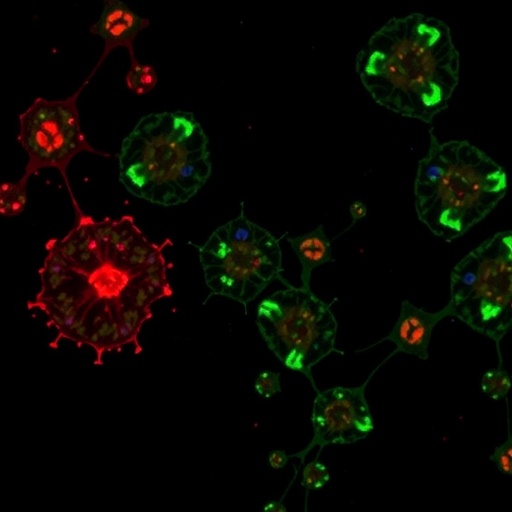Dr. Kevin Collins carefully places a petri dish with what looks like a blotch of yellowish slime under a microscope. Magnified, the slime comes alive as hundreds of translucent worms, known as Caenorhabditis elegans, slither to and fro.
Growing to just one millimeter in length, these simple creatures have only 302 neurons, or nerve cells, in their bodies, a tiny fraction of the 80 billion or so neurons in the human brain. Yet, as Collins, a biologist at the University of Miami's College of Arts and Sciences who studies the mechanics of neural circuits, notes, "Even the simplest animal with the simplest neural circuits have so much going on.''
And these simple animals, Collins and fellow biologists from Yale University found in a recent study about nematode behavior, have a lot to tell us about our brains because, despite their simplicity, they share many commonalities with humans.
"Trying to figure out how 80 billion neurons in the human brain talk to each other and how that communication leads to changes in our behavior is very complicated," Collins said. "But the nervous system in both nematode worms and humans is organized into small functional units called neural circuits, where neurons communicate with each other to control a simple outcome, such as behavior."
For their study published in eLIFE, Collins and his collaborators focused on the nematode worm's simplest neural circuit, the egg-laying behavior circuit, which is regulated by serotonin, a chemical neurotransmitter also found in humans and responsible for managing mood.
The researchers observed the worms' behaviors through stages of maturity by recording the activity patterns of each cell in the circuit. They also manipulated the activity of cells and their ability to signal to each other to understand how the cells enable the worms to lay eggs. They found the circuit has "command neurons" that release serotonin to increase movement in the worms.
"Inside the worms, we believe serotonin is acting in a similar way in the human brain," said Collins. "When the serotonin neuron is turned on, the worm is active and wants to do a specific behavior, such as locomotion or lays its eggs. In essence, we captured how the neuron in the worm gets turned on and off."
As Collins noted, the signals that turn circuits on and off are general features of many neural circuits.
"It seems the serotonin helps respond to the rhythmic movement of the worm in different ways, similar to how serotonin is thought to drive arousal in the human brain," said Collins. "For example, when a person is motivated or feels positive, that means neural circuits are communicating in a particular way. When that same person becomes depressed, it could be that those neural circuits are not communicating in the same way."
Using what is called "calcium reporters," researchers were able to see the neurons firing up inside the worm and record the changes in cellular activity during the egg-laying behavior. Researchers were also excited to learn that the same egg-laying circuit also mediates mating behavior.
"We now have an interesting question: What tells the female worm to lay its eggs or mate?" said Collins.
He hopes the study, "Activity of the C. elegans egg-laying behavior circuit is controlled by competing activation and feedback inhibition," will lead to more insights on the mechanics of neural circuits.
###
His collaborators include Robert Fernandez, Jessica Tanis, Jacob Brewer, and Michael Koelle of Yale University's Department of Molecular Biophysics and Biochemistry; Matthew Creamer of Yale University's Interdepartmental Neuroscience Program; and Addys Bode of the University of Miami's Department of Biology.
Media Contact
Deserae del Campo
[email protected]
305-284-2485
@univmiami
http://www.miami.edu
############
Story Source: Materials provided by Scienmag




